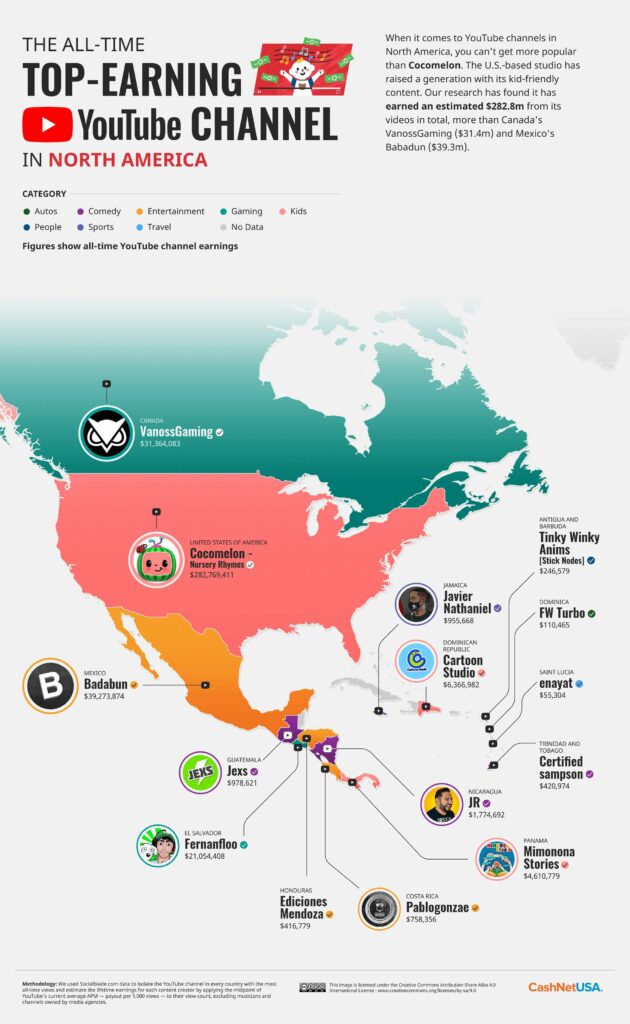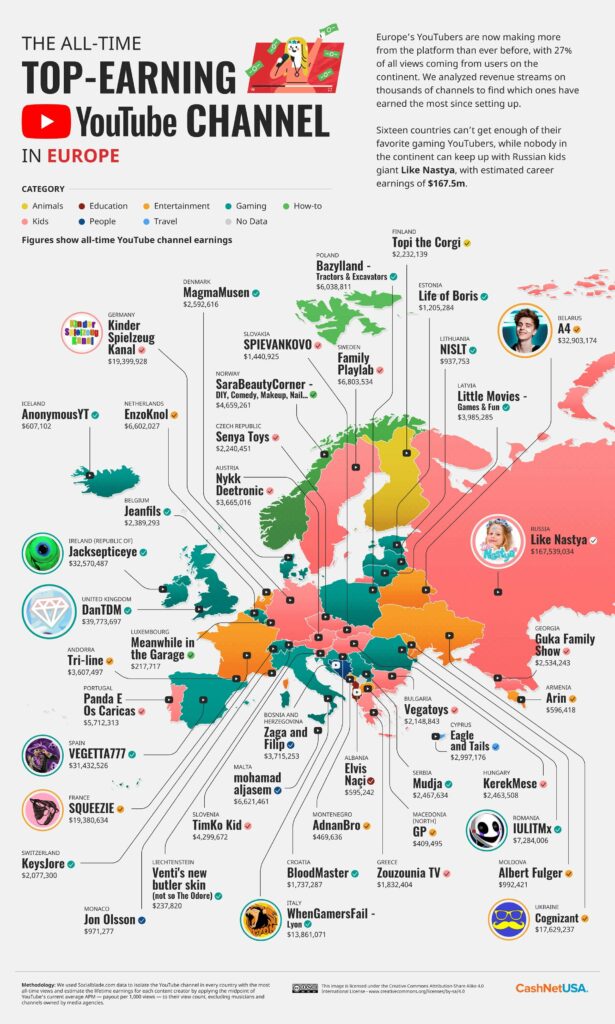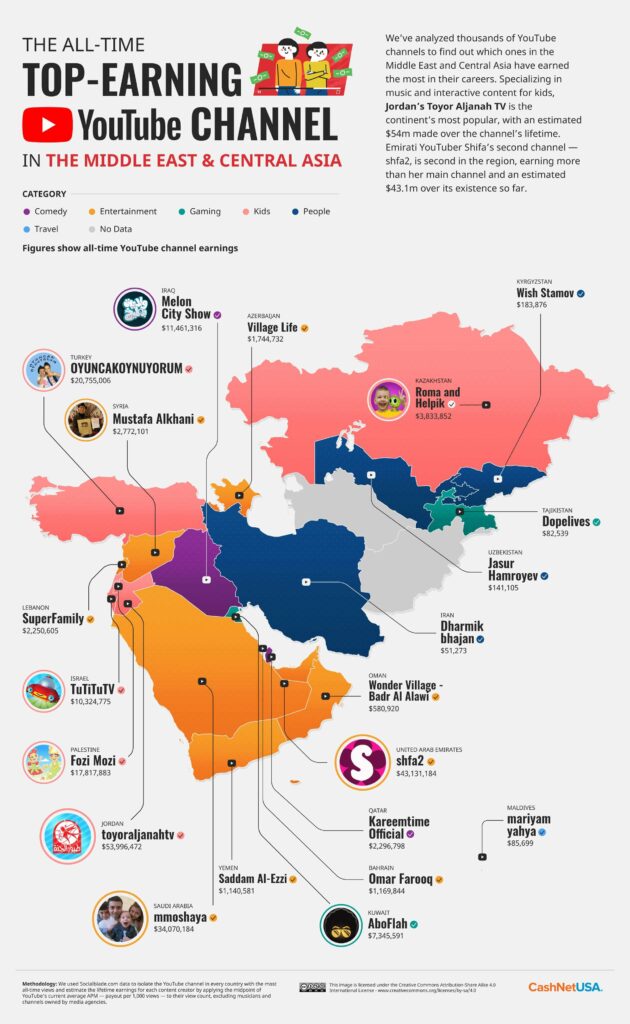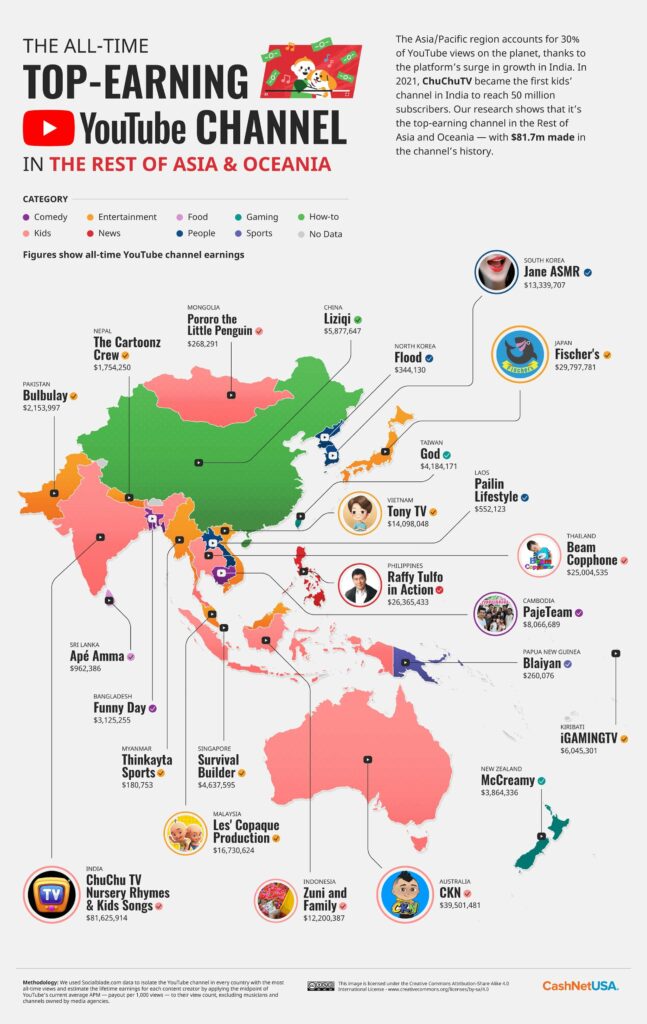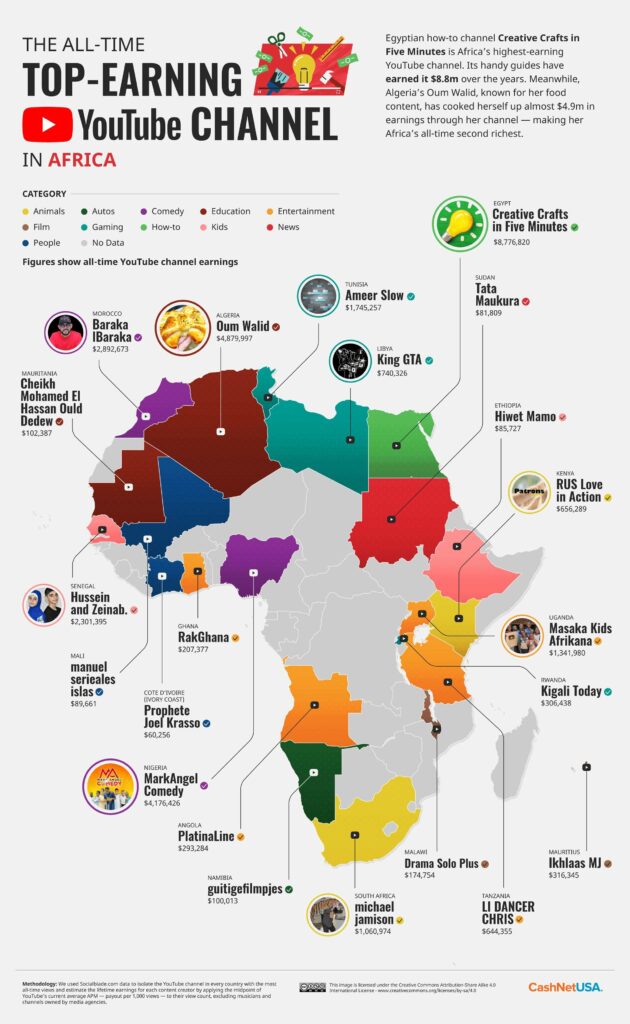
Over four fifths (84%)1 of the online population follow influencers and content creators such as Molly-Mae Hague, Zoe Sugg and others across various social platforms. With Brits spending just over two hours a week on social media, now could be as good of a time as any to utilise AI to enhance and replicate our social media feeds to those we look up to.
Eager to find out how much social users could save by implementing AI, Adobe Express firstly surveyed 2,000 Brits to find out how long they spend editing social media posts.
They then calculated the estimated time AI could save on this and compared this against the weekly median wage in cities across the UK, to quantify how much people could save through AI automation.
Where can aspiring influencers save the most by implementing AI in their content?
*Time saved based on median minimum wage is in relation to the entirety of the UK. For the full dataset, please view here.
Aspiring influencers in Leeds could save the most by using AI tech to streamline their social media feeds - a sizable £962 annually.
With social users from this Yorkshire city spending 2 hours 47 minutes editing social media posts per week, using AI could save an hour and seven minutes weekly.
In second place is Norwich, where profile creators could save the most time by using AI to edit their photos (2 hours 49 minutes per week). With a local median weekly salary of £18.10, this equates to annual savings of £941.41.
With residents in the city spending an average of 2 hours 48 minutes on perfecting their pictures, Sheffield placed third. Whilst they can save 58 hours a year alongside both Norwich and Leeds from using an AI tool, this equals £938.21 in yearly savings.
On average, the UK spends around 2 hours and 18 minutes editing social media posts. But if AI were to be used in the future, budding British content creators could save not only 55 minutes each week (almost 48 hours annually), but an impressive £812 in total each year.
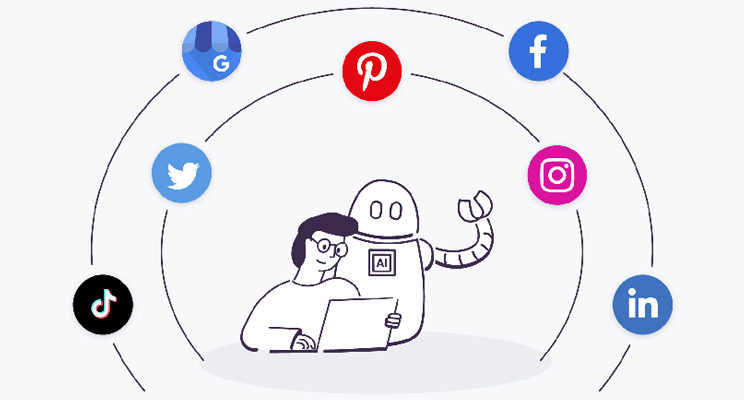
Three tips to using AI on social media:
1. Saving time on content curation
Using AI technology for your social profiles could make tasks quicker, allowing you to automate things such as content creation in a more effective way.
Creating captions can sometimes feel like a mundane, difficult task considering the competitiveness to have the ‘best’ online presence. Trying to be unique against other creators can take its toll, so why not save yourself time with AI by allowing it to compose catchy captions, posts, hashtags and responses based on your preferences and social plan.
2. Upgrading visual content
Upgrade the aesthetics of your feed through your visual content creation - here AI can suggest improvements for your images, graphics and videos to make followers more engaged and interested in what they are seeing.
However, most content created by tools will be robotic, so it is important to give refined details and prompts that ensure it is tailored to your liking. Before publishing, ensure to edit it to provide your final personal touch - this will make it feel more realistic and in turn, increase engagement to your audience.
3. Focus on a feed schedule
To save yourself time planning the perfect time to post a picture, AI can create a schedule for you. Some tools are able to examine your followers' online activities and calculate optimal times to post, meaning your followers will be able to see your activity when they are actively using the social platforms - improving visibility and interaction performance.
You can also track your followers' usage, to understand their needs and expectations better. Some tools let you know which content receives the best engagement, allowing you to create better content for your audience, and in turn, keeping their loyalty.


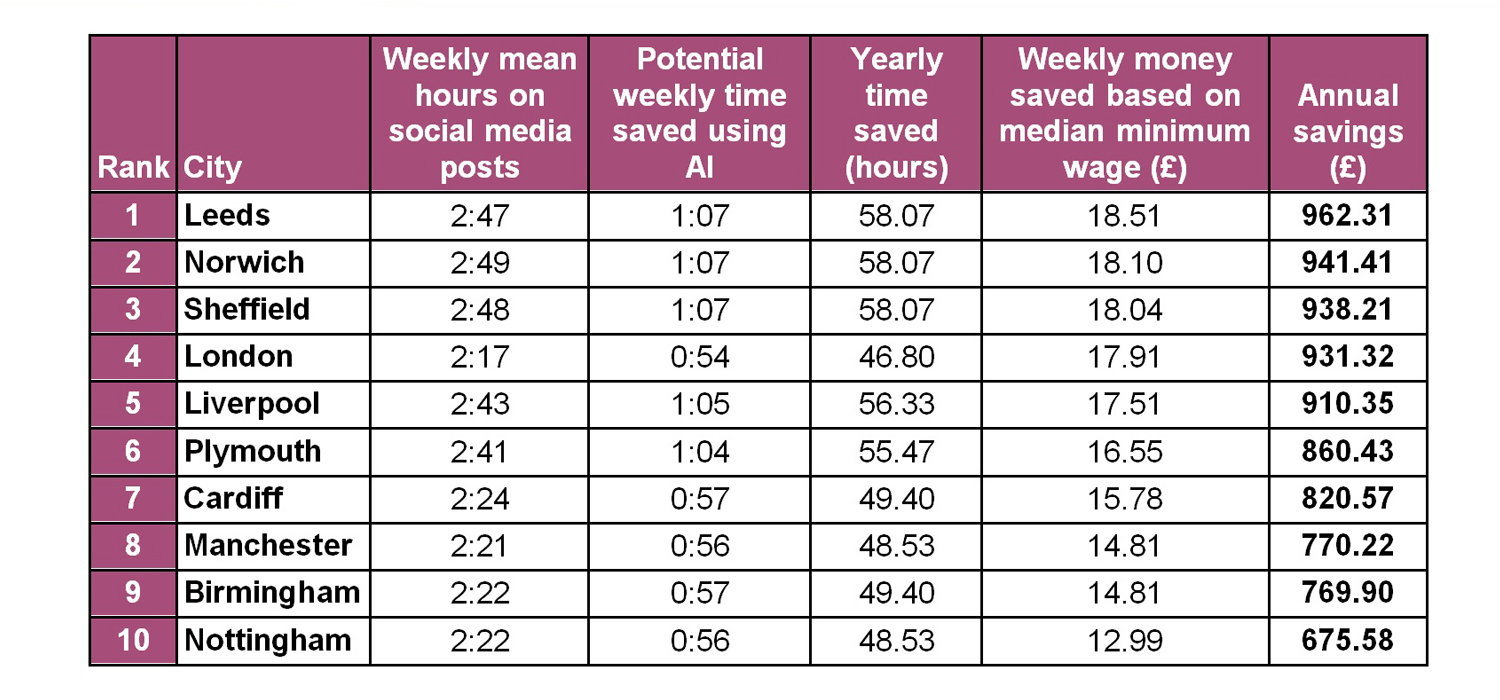


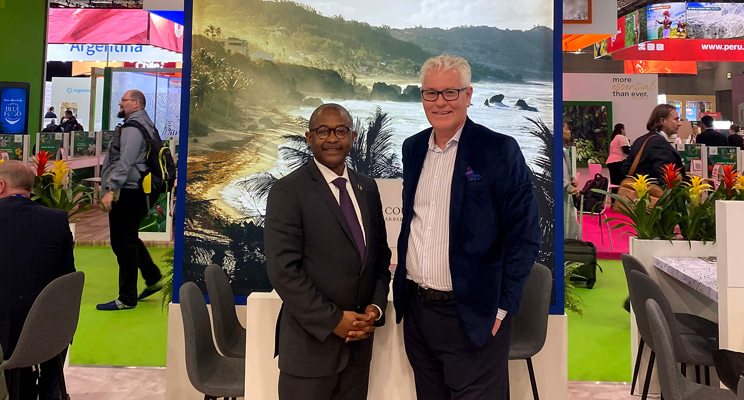
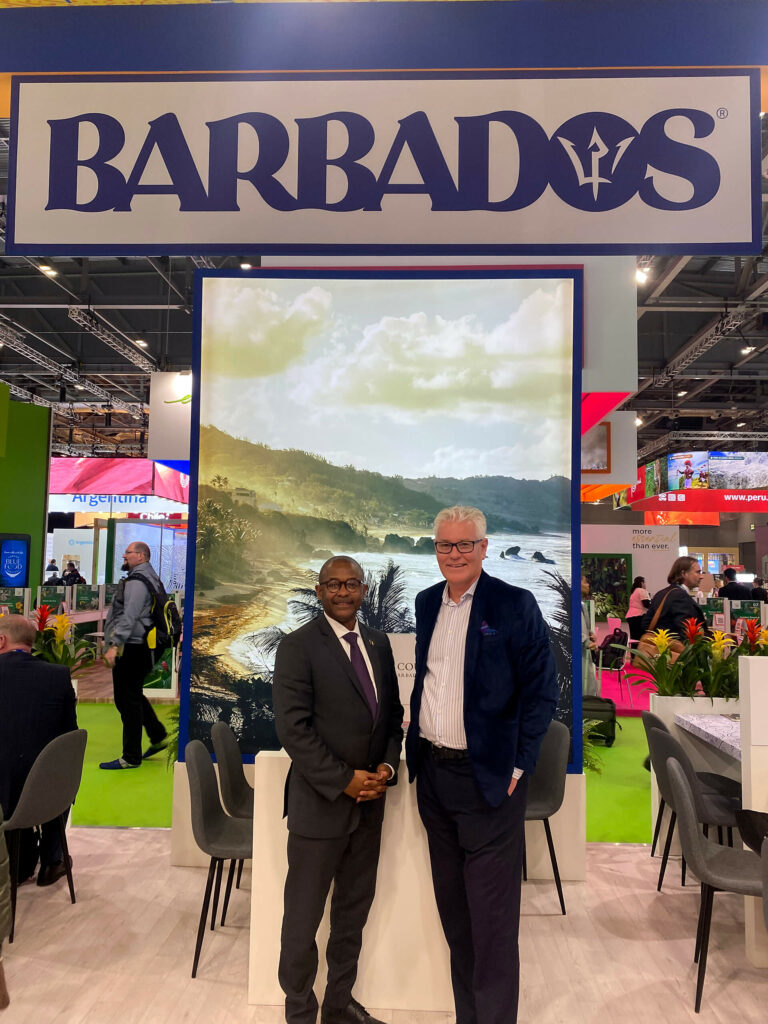






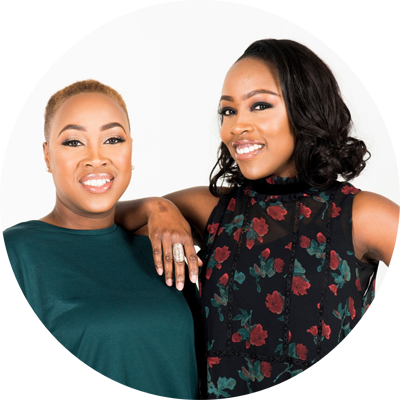
















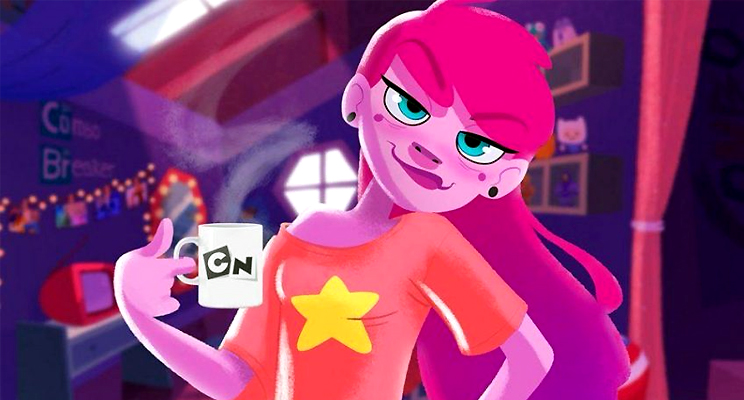
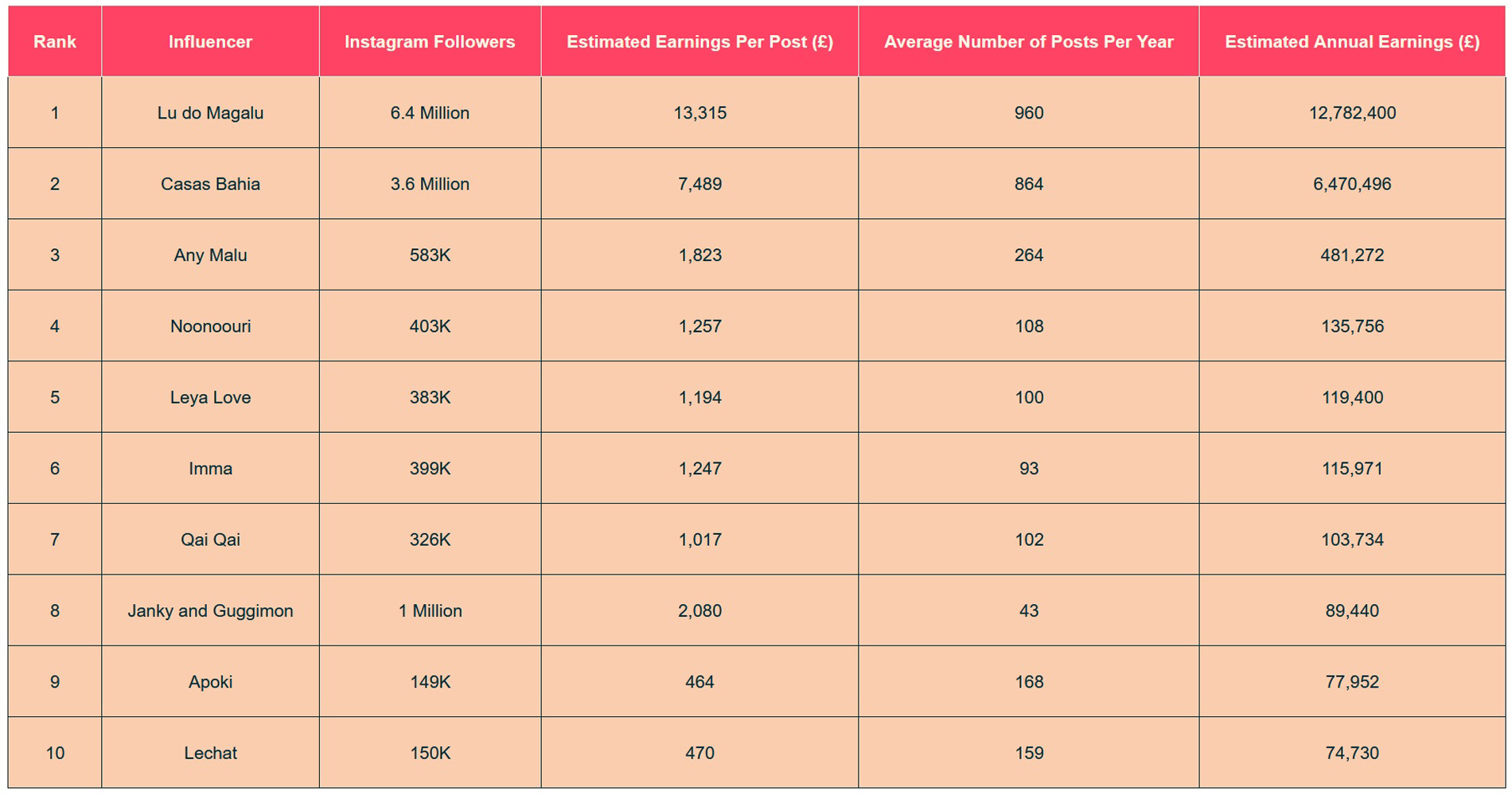

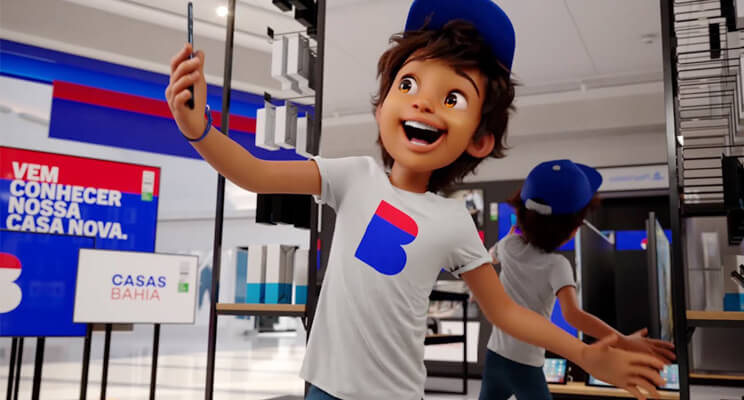



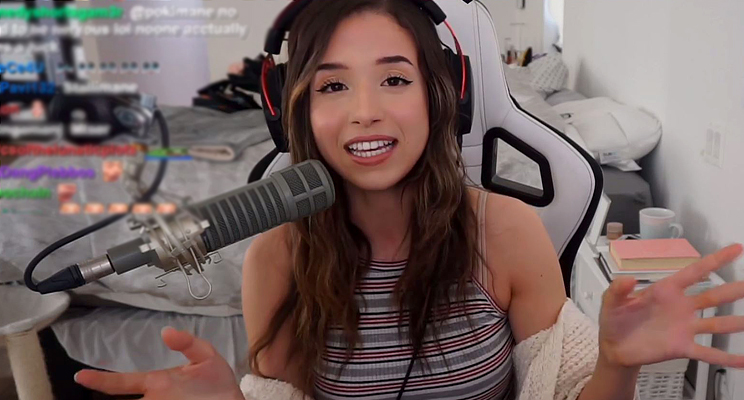



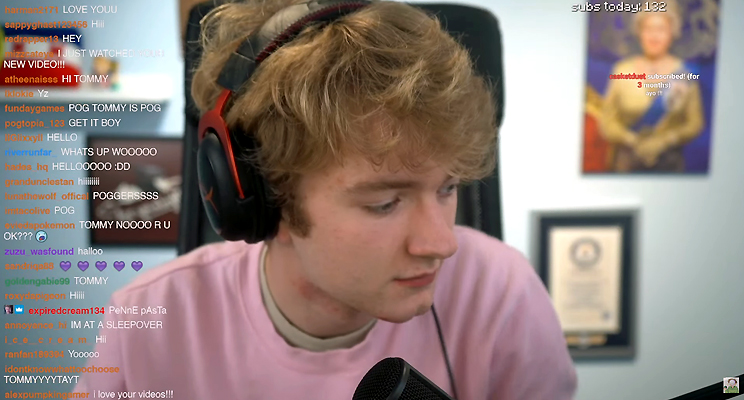

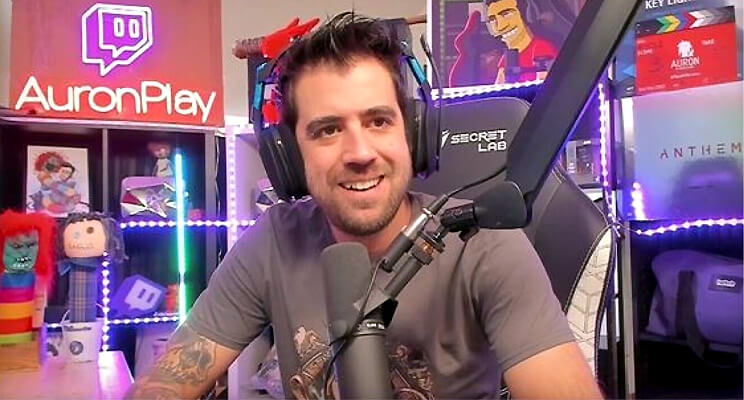









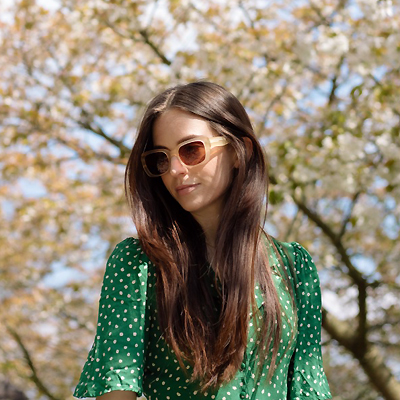
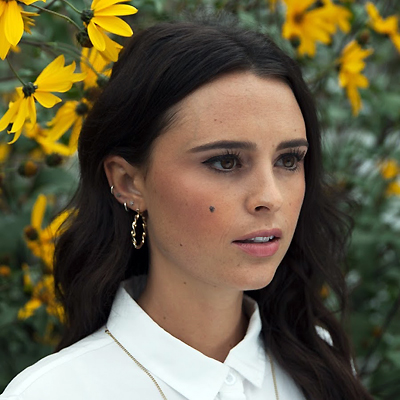






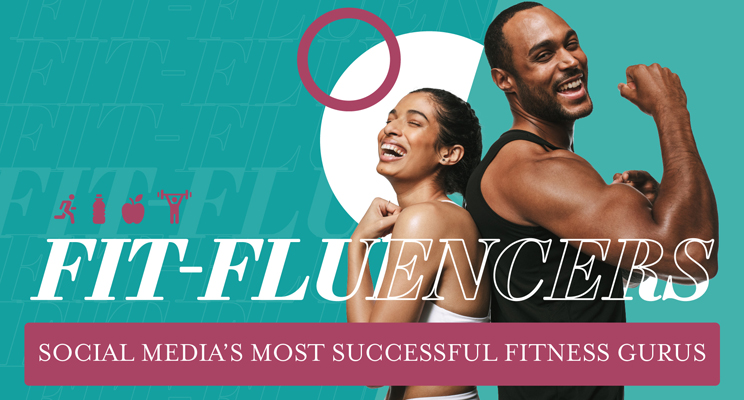
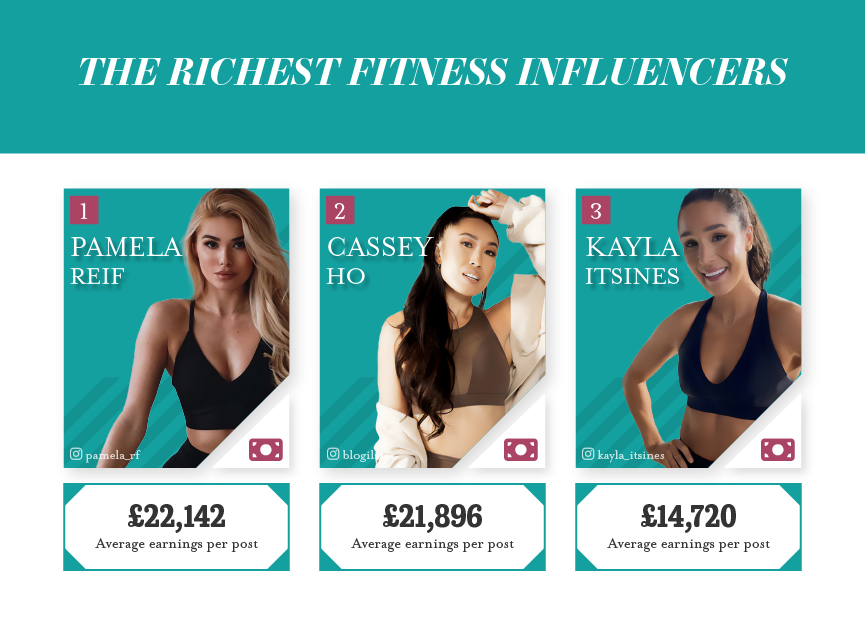 1. Pamela Raif
1. Pamela Raif
 1. Demi Bagby
1. Demi Bagby 1. Kayla Itsines
1. Kayla Itsines 1. Raul Diaz
1. Raul Diaz 
 1. Pamela Reif
1. Pamela Reif 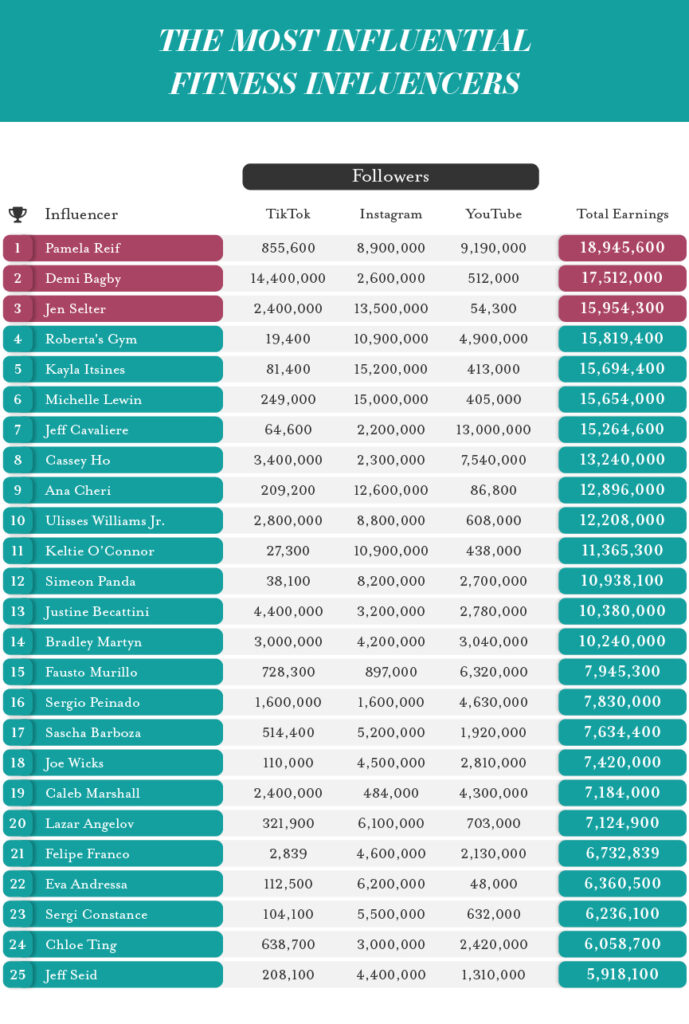
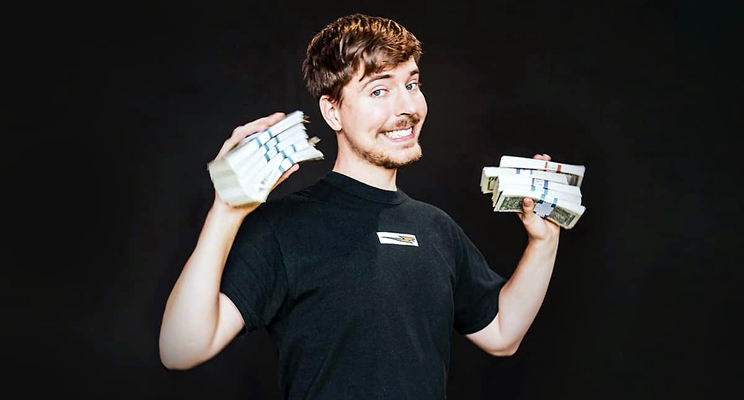
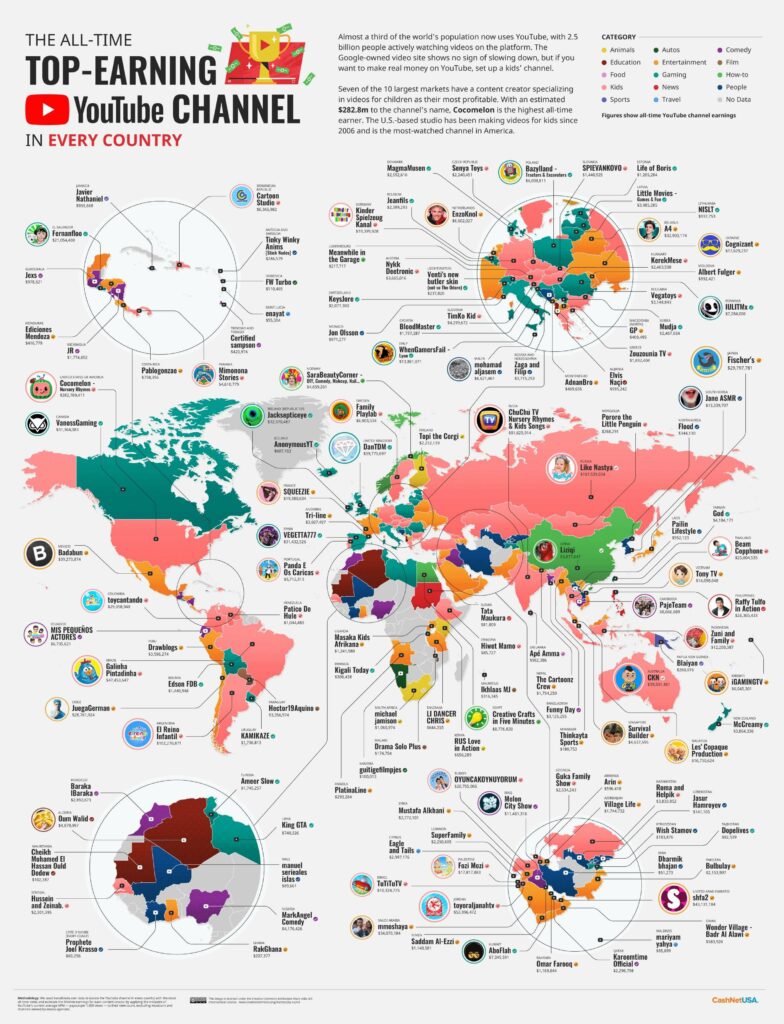
 Source:
Source: 